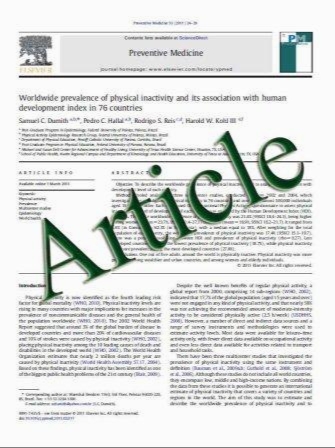Treatment of Genotype 4 Hepatitis C Recurring After Liver Transplantation Using a Combination of Pegylated Interferon Alfa-2a and Ribavirin
- نوع فایل : کتاب
- زبان : انگلیسی
- مؤلف : Waleed Al-hamoudi Hazem Mohamed Faisal Abaalkhail Yaser Kamel Nasser Al-Masri Naglaa Allam Saleh Alqahtani Mohammed Al-Sofayan Hatem
- چاپ و سال / کشور: 2011
Description
Background Hepatitis C virus (HCV) recurrence after liver transplantation (LT) is universal and tends to be more aggressive. Data on post-transplant HCV genotype 4 treatment is scarce. The aim of this study is to assess the safety and efficacy of pegylated interferon alpha-2a (PEGIFN) in combination with ribavirin in the treatment of recurrent HCV genotype 4 after LT. Methods Twenty-five patients infected with HCV genotype 4 were treated with PEG-IFN alpha-2a at a dose of 180 lg/week in addition to 800 mg/day of ribavirin (the dose was adjusted within the tolerated range of 400–1,200 mg). Pretreatment liver biopsies were obtained from all patients. Biochemical and virological markers were assessed before, during, and after treatment. Results Twenty-two patients (88%) achieved an early virological response (EVR) (12 patients tested negative for HCV-RNA). Fifteen (60%) and 14 patients (56%) achieved an end of treatment virological response (ETVR) and a sustained virological response (SVR), respectively. Five patients had advanced pretreatment liver fibrosis. Pretreatment ALT was elevated in 24 patients (96%). The most common adverse effects were flu-like symptoms and cytopenia. Eighteen patients (72%) required erythropoietin alpha and/or granulocyte-colony stimulating factor as a supportive measure. One patient developed severe rejection complicated by sepsis, renal failure, and death. Other adverse effects included depression, mild rejection, impotence, itching, and vitiligo. Conclusions Post-transplant treatment with pegylated interferon alpha-2a and ribavirin achieved SVR in 56% of liver transplant recipients with chronic HCV genotype 4 infection. The combination was relatively safe and exhibited a low rate of treatment withdrawal.
Dig Dis Sci (2011) 56:1848–1852 DOI 10.1007/s10620-010-1526-5 Received: 7 August 2010 / Accepted: 9 December 2010 / Published online: 8 January 2011


